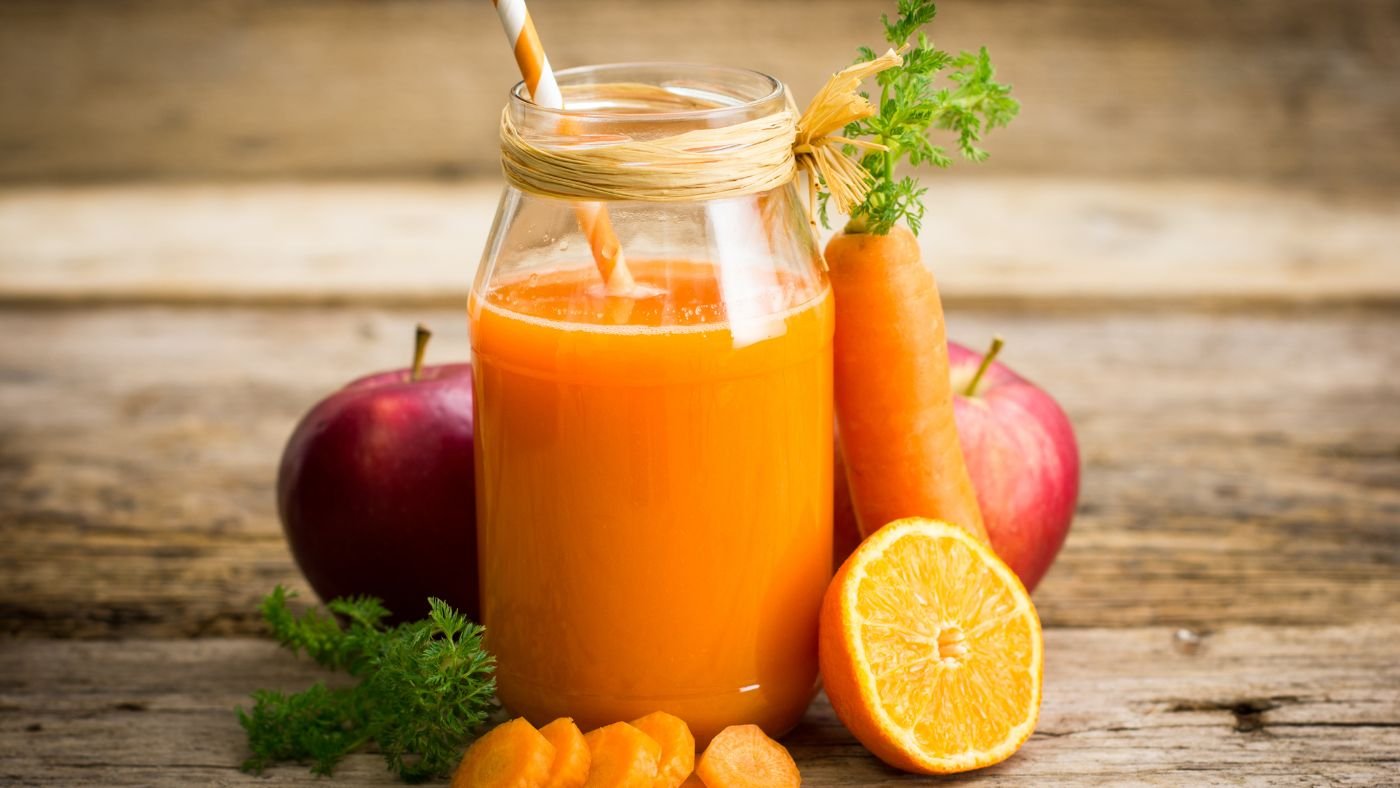Juice Cleanse Benefits
A juice cleanse, often known as a juice fast, is a type of dietary practice that centers around consuming exclusively fruit and vegetable juices for a specific duration to detoxify the body and promote health. Despite its popularity, there is a mix of support and criticism about its effectiveness and safety. Proponents argue that a juice cleanse can rid the body of toxins, kick-start a healthy eating pattern, and facilitate quick weight loss. Critics, however, question the scientific basis of detoxification claims and point out potential nutritional shortcomings and health risks.
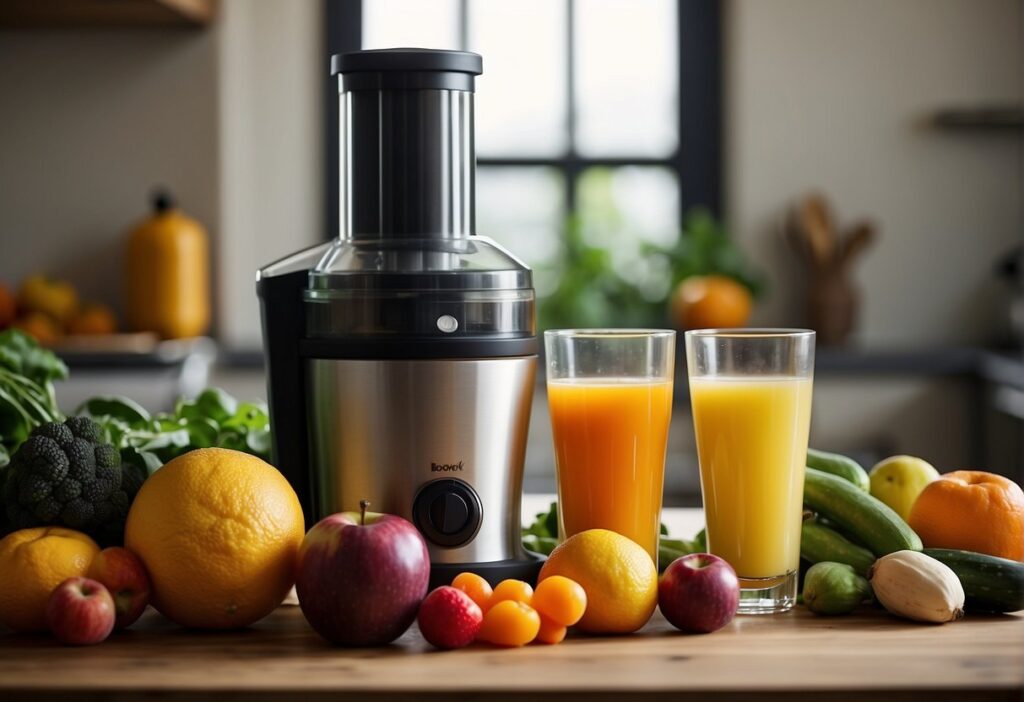
Juice cleanses typically involve a pre-determined period where no solid foods are consumed, and a variety of juiced fruits and vegetables are drunk throughout the day. Before undertaking a juice cleanse, it’s essential to understand the nutritional impacts, such as potential deficiencies in fiber, protein, and healthy fats. Moreover, while some individuals may experience an initial feeling of well-being and weight loss, these effects might be temporary. It is also crucial to recognize that juice cleanses are not appropriate for everyone and consulting with healthcare providers before starting a cleanse is highly recommended, especially for individuals with underlying health conditions.
Key Takeaways
- Juice cleanses are diets that involve consuming only fruit and vegetable juices for a limited time to detoxify the body.
- Understanding the nutritional impact and potential health implications is crucial before starting a juice cleanse.
- Consulting with healthcare professionals is recommended to ensure safety and suitability of juice cleanses for individual health needs.
Understanding Juice Cleanses
Juice cleanses are dietary practices involving the consumption of juices from fruits and vegetables as a means of detoxification. They are meant to invigorate the body and provide a wide range of nutrients.
Types of Juice Cleanses
Juice cleanses vary in duration and intensity, ranging from short-term 24-hour plans to more extended periods of up to one week. They may be structured as an all-juice diet or may incorporate juices as supplements to solid meals. Some cleanse programs recommend a pre-cleanse phase of eliminating caffeine, sugar, and other processed foods to prepare the body.
Juice Cleanse Composition
The core components of juice cleanses are freshly extracted juices from organic fruits and vegetables. These juices are often supplemented with water to aid hydration and nutrient absorption. The juices provide essential vitamins and minerals, and sometimes incorporate herbs and spices for additional benefits.
Benefits and Claims of Juice Cleansing
Juice cleanses claim to offer various health benefits, such as:
- Promoting detoxification by giving the digestive system a rest
- Flooding the body with micronutrients
- Potential support in weight loss as part of a controlled diet
These claims, however, are met with skepticism by the medical community, as comprehensive scientific evidence supporting the effectiveness of juice cleanses for detoxification and long-term weight loss is lacking. It is crucial to recognize that while juice cleanses can increase the intake of vitamins and antioxidants, they should not replace a balanced diet.
Nutritional Aspects of Juice Cleansing
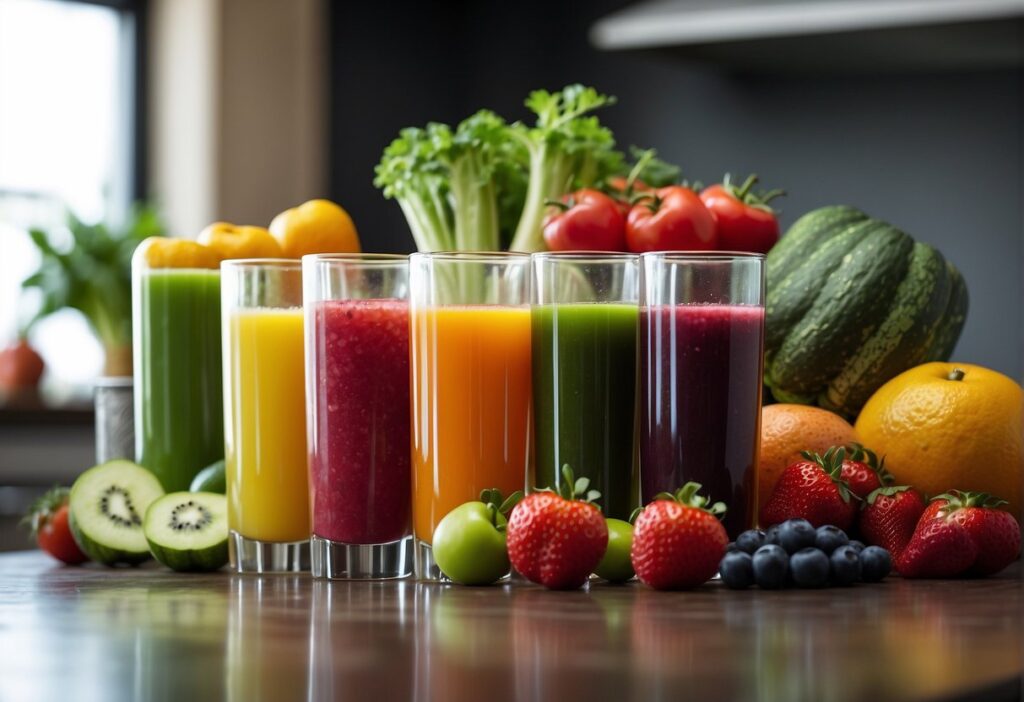
Juice cleansing often emphasizes the intake of essential nutrients while eliminating certain foods. This section explores the nutritional profile of juices during a cleanse, focusing on vitamins, minerals, protein, fiber, and sugars.
Vitamins and Minerals in Juices
Juices consumed during a cleanse are typically rich in vitamins and minerals. For example, orange juice is high in vitamin C, while green leafy vegetable juices may provide ample amounts of vitamin K and iron. It is important to vary the types of juices to ensure a wide range of nutrients; antioxidants are also prevalent in various fruit and vegetable juices, which may aid in protecting cells from damage.
Protein and Fiber Considerations
Protein intake can be limited in a juice cleanse since juices lack substantial amounts of protein, vital for tissue repair and muscle maintenance. Including juices made from vegetables like kale, which contains higher protein amounts than most vegetables, may offer some benefits. However, it may be necessary to supplement with other protein sources.
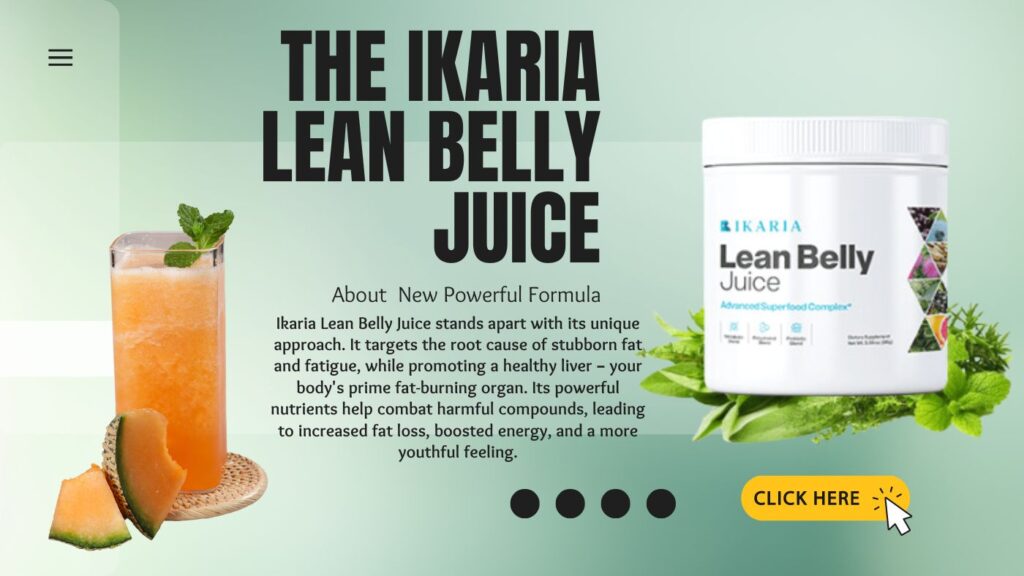
Juices are naturally low in fiber, a component mostly found in the solid parts of fruits and vegetables. Fiber is key for digestive health and helps regulate blood sugar levels. Including a small amount of pulp in the juices or consuming a fiber supplement might help address this deficiency.
Sugar Content and Its Effects
The sugar content in juices can be quite high, particularly in those made from fruits. High sugar intake, especially without the balancing effect of fiber, can lead to rapid spikes in blood sugar levels, which is a consideration for anyone monitoring their sugar consumption. Choosing vegetables over fruits when possible, or opting for low-sugar fruit options like berries, can help manage the sugar intake during a cleanse.
Health Implications of a Juice Diet
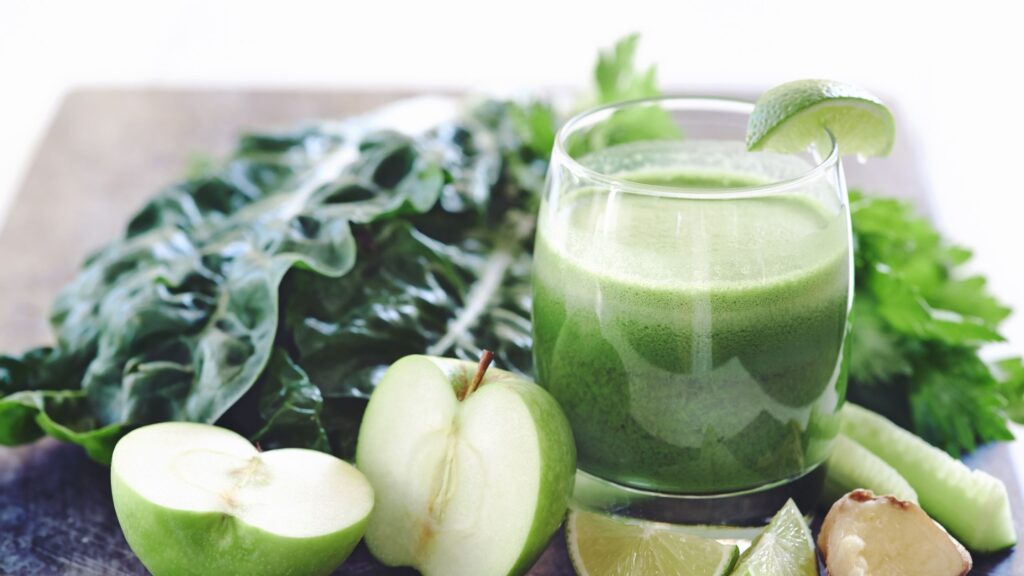
Embarking on a juice diet can lead to various short and long-term health effects, impact weight loss, and introduce potential risks and side effects. Consumers should be informed about the specific implications for their overall wellbeing.
Short-term and Long-term Health Effects
Short-term Effects:
- Health Benefits: Individuals may experience a boost in the intake of vitamins and antioxidants due to the high concentration of fruits and vegetables in juices.
- Fatigue: Due to a lack of protein, fat, and fiber, individuals might feel a temporary increase in tiredness and fatigue.
Long-term Effects:
- While long-term data is limited, prolonged reliance on juice diets can lead to nutrient deficiencies and negatively impact metabolic health.
Juice Cleanses and Weight Loss
- Short-term Weight Loss: Juice cleanses can lead to a rapid drop in weight; however, this is often due to water loss and not fat loss.
- Healthy Gut Bacteria: Some studies suggest an increase in healthy gut bacteria which has been linked to weight loss.
Potential Risks and Side Effects
- Risks:
- Nutrient deficiencies, particularly from proteins and fats
- Possible exacerbation of certain medical conditions
- Side Effects:
- Dehydration: Contrary to the high liquid intake, some individuals may experience dehydration due to the laxative effect of some juices.
- Increased risk of insulin resistance and metabolic concerns over time due to the high sugar content in fruit juices.
By careful consideration of these factors, individuals can more safely determine if a juice cleanse fits their health goals.
Preparing for a Juice Cleanse
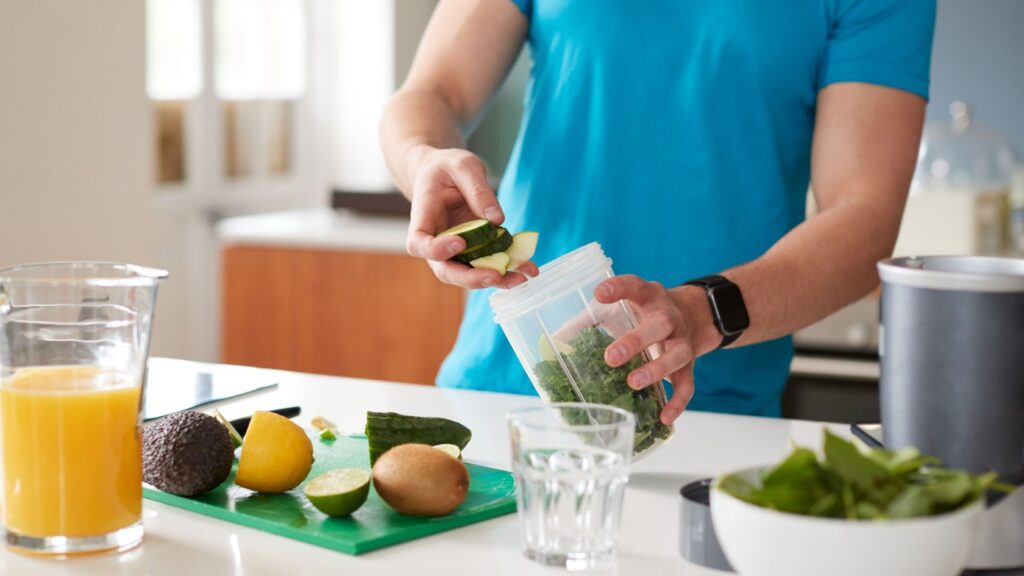
A successful juice cleanse starts with meticulous preparation in choosing appropriate produce and devising a regimented plan. It further necessitates an understanding of physical reactions during the process.
Choosing the Right Produce
Organic produce is a cornerstone of an effective cleanse. It’s essential that individuals select organic fruits and vegetables to reduce exposure to pesticides and chemicals. A balance of greens, like kale and spinach, with sweet fruits such as apples or pineapples, provides both nutrients and palatable flavors. Consider produce known for detoxifying qualities, such as beets and lemons, to enhance the cleanse’s efficacy.
Creating a Balanced Juice Cleanse Plan
It’s advisable to consult with a healthcare professional before starting, especially for individuals with underlying health issues. Planning should include a schedule that consists of consuming juice every few hours to maintain energy levels. Drink ample water alongside the juices to stay hydrated. Implementing a variety of juices into the plan ensures a range of nutrients and prevents palate fatigue. Additionally, individuals might consider incorporating raw nuts or seeds in small quantities for added fats and proteins.
- Sample Juice Schedule:
- 08:00 AM: Green juice with kale, apple, lemon, and ginger
- 10:30 AM: Carrot, apple, and ginger juice
- 01:00 PM: Beet, cucumber, and celery juice
- 03:30 PM: Yellow juice with pineapple, lemon, and turmeric
- 06:00 PM: Nut milk with almonds and vanilla bean
What to Expect During a Cleanse
Individuals should be prepared for the body’s natural response to a reset. This can range from changes in energy levels to altered digestion. Experience might vary, with some people feeling invigorated while others may feel fatigued or experience detoxification symptoms. During this phase, engaging in light, restorative activities like yoga or meditation can support the body and mind.
- Potential Cleanse Reactions:
- Increased energy or temporary fatigue
- Changes in hunger or digestion
- Emotional responses as the body detoxifies
Remember, a juice cleanse is a temporary regimen to reboot the system and should be balanced with a healthy, sustainable diet post-cleanse.
Alternatives and Complementary Practices to Juice Cleansing
While juice cleanses are popular, they are not the only method to support the body’s natural detoxification processes. There are several practices that can be adopted as alternatives or complements to juice cleansing, which can contribute to overall well-being and nutritional balance.
Whole Food Diets
Whole food diets focus on consuming foods in their most natural state. This means choosing fruits, vegetables, whole grains, nuts, and seeds over processed foods. A registered dietitian can provide guidance on how to construct a balanced diet around whole foods that ensures adequate nutrient intake. For instance, incorporating a variety of colorful vegetables and fruits can supply a wide range of vitamins, minerals, and antioxidants.
- Benefits:
- Nutrient-rich
- High in dietary fiber
- Includes a variety of food groups
Incorporating Smoothies and Whole Foods
Smoothies, when prepared with whole foods, can act as a nutrient-dense addition to the diet. They differ from juice cleanses in that they typically include the fiber-rich whole fruit or vegetable. Adding components such as leafy greens, fresh fruit, a source of healthy fat like avocado, and a protein source like Greek yogurt or plant-based protein can create a well-rounded smoothie that supports nutritional needs.
- Smoothie Add-ins:
- Fruits: bananas, berries, mangoes
- Vegetables: spinach, kale, beetroot
- Proteins: yogurt, plant-based protein powders
- Fats: nut butters, seeds
Maintaining Nutritional Balance without Cleansing
It is possible to maintain nutritional balance without resorting to juice cleanses. A varied diet that includes an abundance of whole foods can contribute to this balance. Adopting healthy eating habits and regular physical activity are also essential components. Consulting with a registered dietitian can help individuals tailor their diet to their specific health needs and goals while ensuring that they do not miss out on crucial nutrients.
- Key Dietary Elements:
- Carbohydrates: whole grains, legumes, fruits
- Proteins: lean meats, plant-based sources
- Fats: nuts, avocados, olive oil
- Vitamins & Minerals: a wide variety of fruits and vegetables
Frequently Asked Questions
Before embarking on a juice cleanse, individuals often seek answers to common queries. This section aims to provide clarity by addressing these questions with concise information.
What are some popular recipes for a juice cleanse?
Popular juice cleanse recipes typically combine a variety of fruits and vegetables. Ingredients like green leafy vegetables, apples, carrots, beets, and ginger are often used due to their nutritional benefits and cleansing properties.
What are the potential benefits of undergoing a juice cleanse?
Undergoing a juice cleanse may increase the number of healthy bacteria in one’s gut, which is linked to several benefits including improved digestion. However, medical experts suggest consulting with a healthcare provider before starting a cleanse, especially for individuals with pre-existing health conditions.
How long is a typical juice cleanse duration for effective results?
The duration of a juice cleanse can vary, but many programs last between one and five days. It’s believed that a longer duration may lead to more pronounced effects, but the optimal length should be tailored to an individual’s health and experience with cleanses.
Can a juice cleanse contribute to weight loss, and if so, how?
A juice cleanse may lead to temporary weight loss, largely due to the restriction of calories. It’s important to note that weight loss during a cleanse may not be sustainable, and healthy eating practices need to be continued post-cleanse for long-term results.
What should one expect from a body’s reaction to a 3-day juice cleanse?
One could experience changes in their digestive system or feel more energetic during a 3-day juice cleanse. Some may encounter mild side effects such as headaches or cravings. It is a personalized response, and experiences can vary widely.
How does one safely implement a juice cleanse detox?
To safely implement a detox, individuals should start by incorporating rest days to allow the body to adjust. It’s also advisable to consult a healthcare professional prior to starting, especially for those new to juice cleanses or with specific health concerns.
